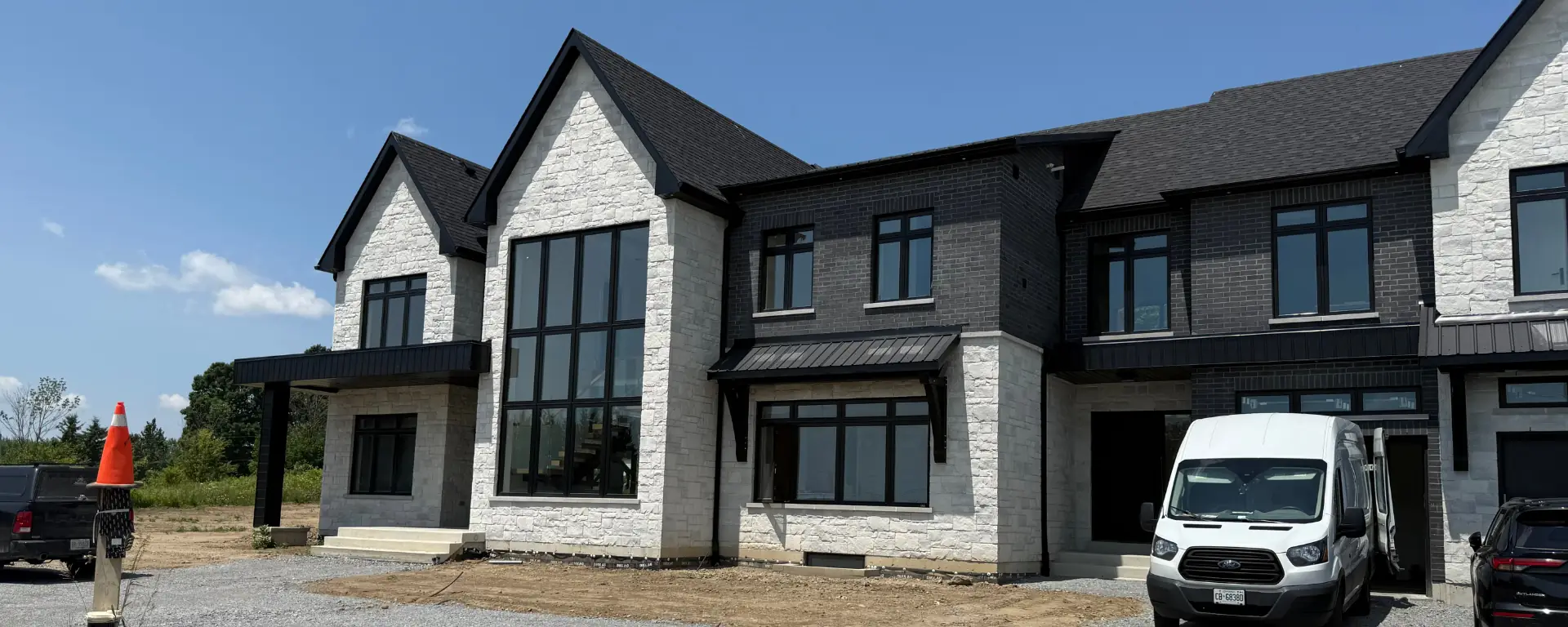
How to Match Paint with Architectural Style
Learn how to match paint with your home’s architectural style discover timeless color pairings that enhance character, balance design, and boost curb appeal.
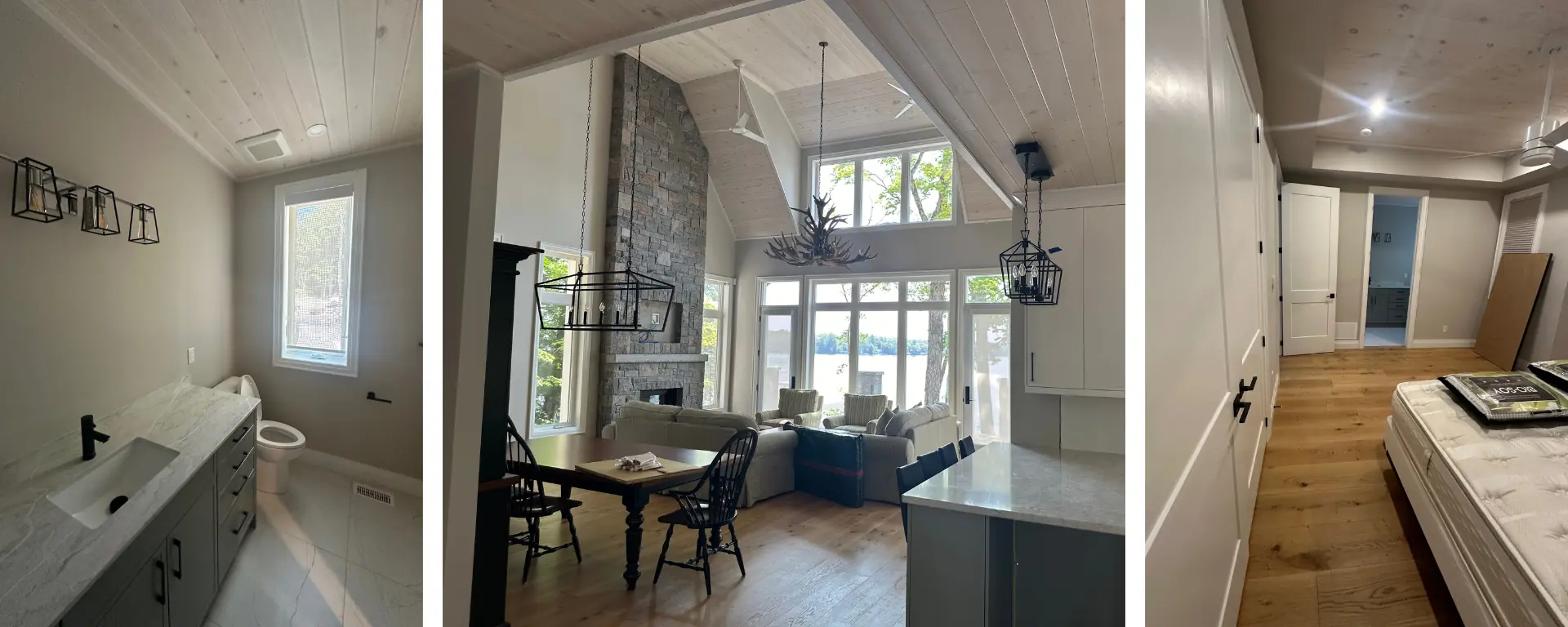
All Images Courtesy of Benjamin Moore
To coordinate colors between walls, trim, and ceilings, follow these steps:
Start with your wall color — this is the anchor for the room. Choose a shade that fits the mood you want (neutral for versatility, bold for personality).
Choose trim colors that frame the walls. Crisp white creates contrast and brightness, darker trims add drama, and softer off-whites give a subtle, seamless effect.
Select a ceiling color that shapes the space. White makes rooms feel taller, the same color as walls creates continuity, and darker ceilings make large spaces feel cozier.
Always keep undertones consistent (all warm or all cool) and balance contrast so the palette feels intentional.

Walls, trim, and ceilings are the largest painted surfaces in any room. If chosen separately, they can clash or feel unfinished. Walls carry the dominant tone, trim defines architecture, and ceilings influence how spacious or intimate a room feels. By planning them together, you create flow and balance that looks professional, not pieced together.
Your wall color is the starting point, because it sets the mood and backdrop for the entire room. Neutral shades like whites, greys, and beiges remain popular for their flexibility they work with nearly any trim or ceiling choice. Richer tones like navy, emerald, or terracotta can make a strong statement but require more careful coordination.
The key is to test swatches in natural and artificial light. A shade that feels calm during the day might look darker or more intense at night. Once chosen, this wall color becomes the anchor around which trim and ceiling decisions are built.
Trim frames the walls and emphasizes architectural details. The most traditional option is bright white, which makes walls pop and adds crisp definition. But other approaches can create different effects. For example, off-whites or creams soften the transition between wall and trim, while darker trim adds modern sophistication.
The decision comes down to contrast: do you want trim that blends smoothly with the walls for a quiet, elegant effect, or trim that stands out sharply to highlight edges and details? Both are valid it depends on your style.
Ceilings, often called the “fifth wall,” have a huge impact on a room’s feel. White ceilings remain the classic choice for their ability to make spaces feel taller and brighter. But painting ceilings the same shade as the walls can blur edges, making rooms feel more expansive and seamless. In larger rooms, darker ceilings can bring a sense of intimacy and warmth.
Designers sometimes use subtle tints like a touch of pale blue or beige to add atmosphere without overwhelming the space. Whatever choice you make, ensure the ceiling supports the wall and trim colors rather than fighting them.
Once the three elements are chosen, step back and check the harmony. Professionals use three guiding principles:
Consistent undertones: Keep all colors in the same family warm with warm, cool with cool.
Balanced contrast: Decide if you want a bold high-contrast look or a calm, low-contrast flow.
Room-to-room flow: Especially in open layouts, colors should transition smoothly, even if they change from one space to another.
Picture a dining room with soft beige walls, bright white trim, and a clean white ceiling. The look is classic, airy, and elegant. Now imagine the same walls paired with dark espresso trim and a cream ceiling the mood instantly shifts to dramatic and cozy. Both options work, but they tell very different stories, showing how coordination changes everything.
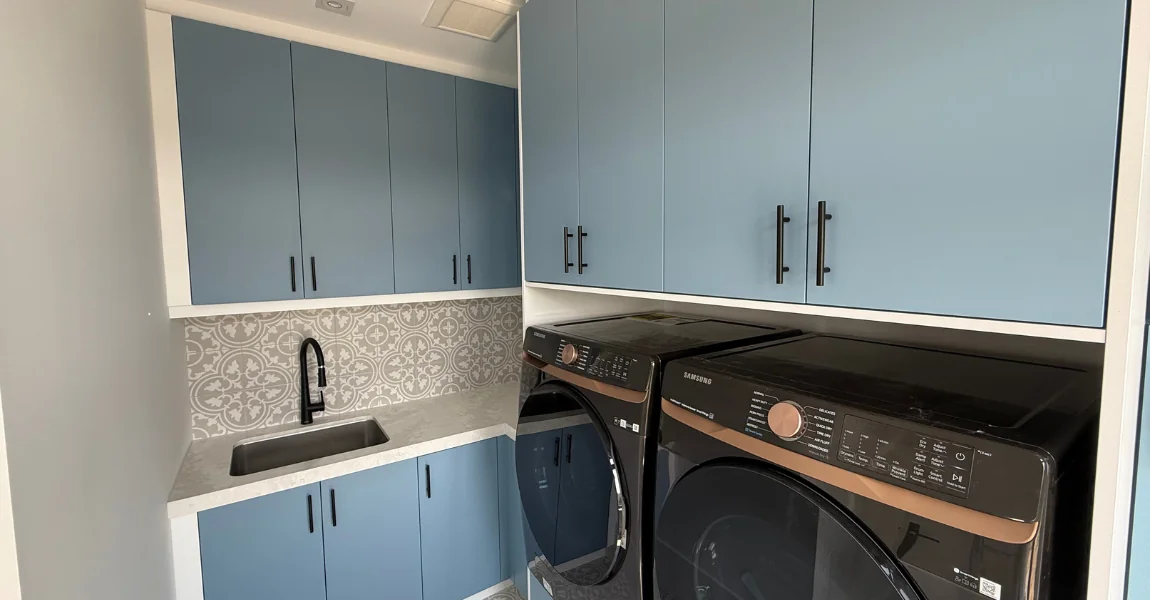
Coordinating colors between walls, trim, and ceilings is less about following strict rules and more about creating harmony. Walls establish the mood, trim frames the details, and ceilings shape the space itself. By choosing them together with consistent undertones, thoughtful contrast, and an eye for flow you can achieve a polished, professional look that makes your home feel balanced and intentional.
At Guilds Painting, we help homeowners plan color palettes that enhance their style and bring out the best in their spaces. Whether you want timeless elegance or bold contrast, our experts make sure your walls, trim, and ceilings work together seamlessly.

Learn how to match paint with your home’s architectural style discover timeless color pairings that enhance character, balance design, and boost curb appeal.

2025 marks a new era of collaboration discover why strategic partnerships between trades are key to stability, growth, and smoother construction projects.
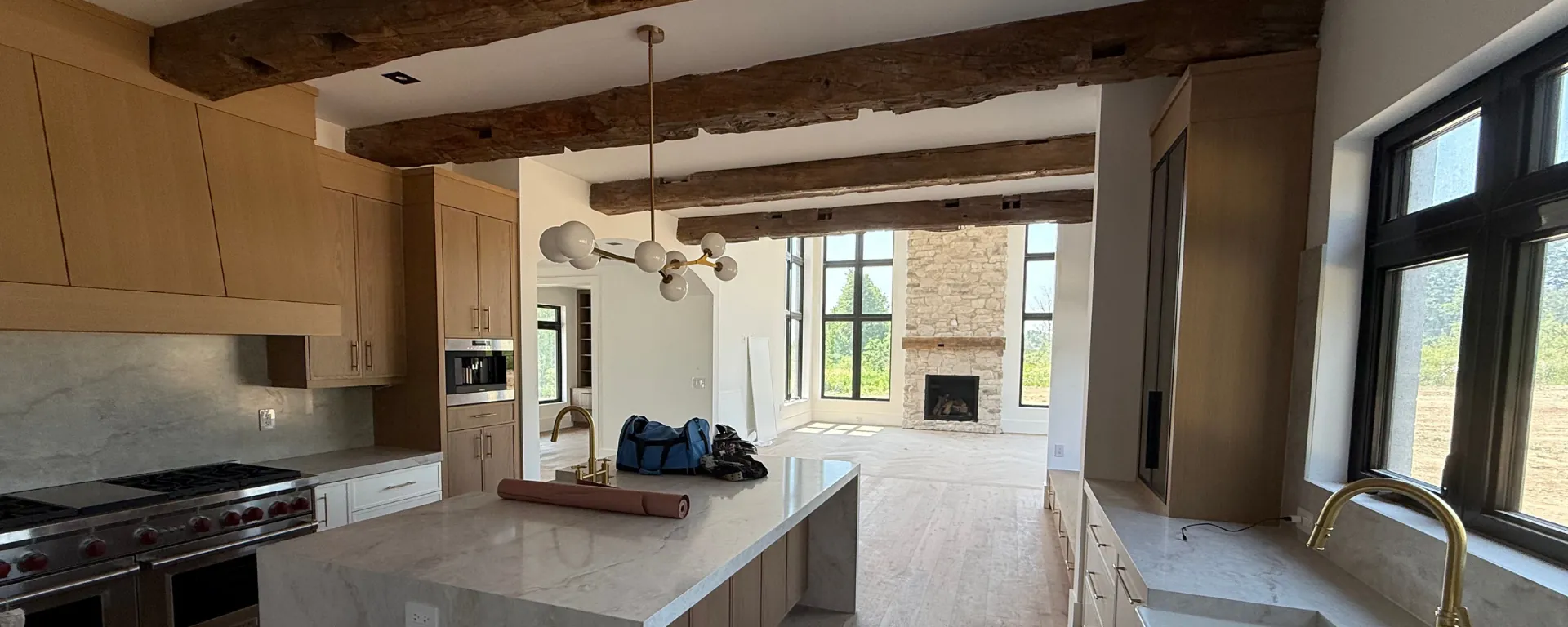
Learn how to spot early signs it’s time to repaint peeling, fading, cracks, and stains can signal wear. Keep your home fresh and protected with timely updates.

PPG sells its U.S. and Canadian architectural coatings business to American Industrial Partners, reshaping paint brands, pricing, and supply across North America.

Master surface preparation before painting learn pro tips for cleaning, sanding, patching, and priming to achieve flawless, long-lasting paint results every time.

Discover how to calculate paint quantity accurately for any project save money, avoid waste, and ensure perfect coverage with these simple professional tips.

Discover creative ways to use bold colors in your space learn how to balance vibrant tones with neutrals to create depth, personality, and modern style.
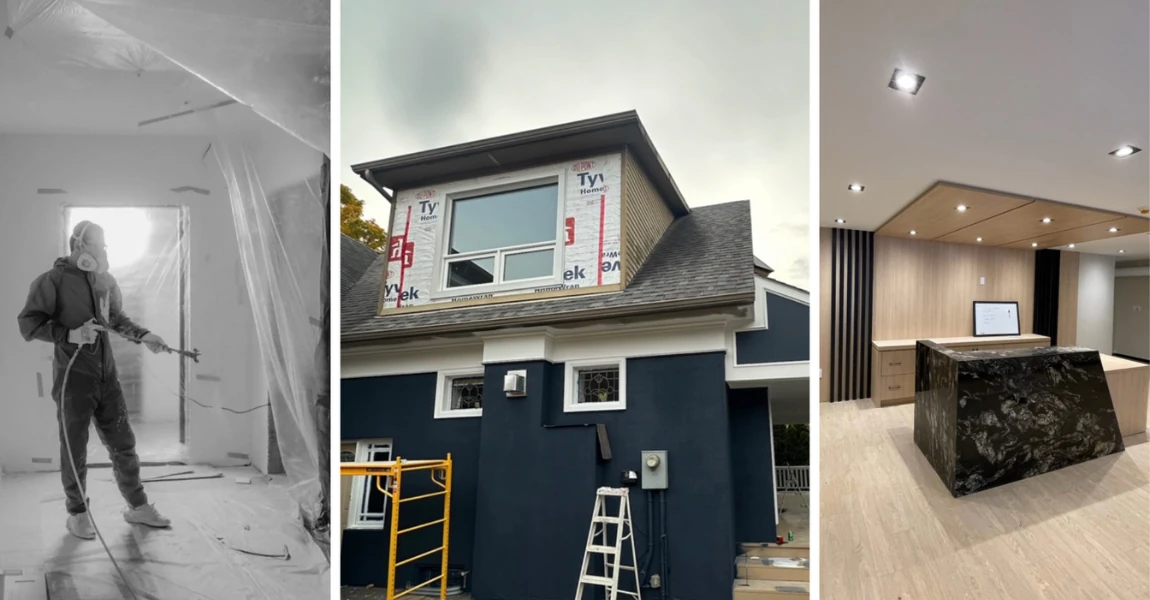
Sherwin-Williams’ revised 2025 profit forecast signals rising costs and shifting demand here’s how it impacts contractors, homeowners, and paint projects ahead.

Understand paint sheen differences learn how matte, eggshell, satin, semi-gloss, and gloss finishes affect look, durability, and the best spaces to use each.

Sherwin-Williams lowers its 2025 profit forecast amid soft demand what this means for paint prices, contractors, and the future of the coatings industry.
Fill out the form below and we’ll be in touch to discuss your painting needs, answer your questions, and provide a clear quote for your project.